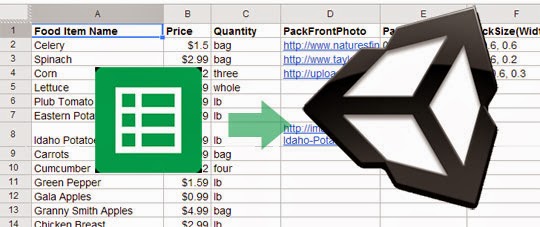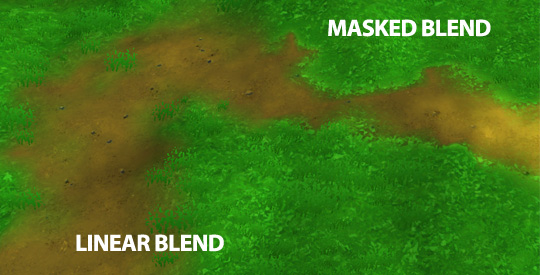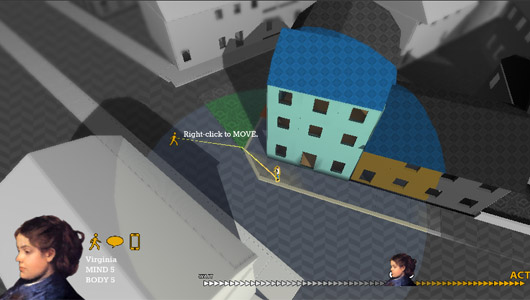Here's a bit of reflection on my first semester
teaching Unity at an art and design school, mixed undergrad / grad level. They're in the form of rough guidelines that I'm giving myself for next semester:
» Don't assume mastery of coding fundamentals. Some students will be able to formulate and solve abstract problems with little help, while other students will need to be taught the difference in syntax between variables and functions, repeatedly. Course prerequisites, even if enforced by your school's registar (at Parsons, they usually aren't), are no guarantee of mastery. In my class, I put a code comprehension section on the midterm exam, only to realize that some students didn't understand nested for() loops, which implies they don't fully grasp how unnested for() loops work either; but it was the midterm, and it was already too late. Some students didn't know how to use AND or OR, and some didn't understand scoping. I should've caught these problems earlier instead of unintentionally punishing them for it.
Recommendation: On the first or second week, conduct a diagnostic quiz that asks code comprehension questions, and assess which students need which kinds of help.
» Cover vector math, every day. Do light drilling. Even students with significant code experience may have trouble conceptualizing how vectors work together / what vector operations do, especially in 3D. I don't think I'd necessarily impose grade school drilling, like worksheets with 50 problems and 1 minute to solve all of them, but a few minutes or short drill, every day or week will help a lot.
Recommendation: At the start and end of each class, do some vector math problems together as a class. Practice thinking about vectors in multiple modes: visually as spatial coordinates, abstractly as sets of numbers, and procedurally as variables in code.
» Teach Maya and Unity, side by side, in parallel. I front-loaded the syllabus with Unity stuff, and only started Maya in the second half of the course. I think this was a mistake because we ended up having a 2 week break where students did very little code and focused on Maya, and it seemed to be like we were moving "backwards." I should've paced the class better to prevent this dead time.
Recommendation: When teaching the basics of 3D transformations in Unity, also teach the basics of 3D transformations in Maya, and emphasize the many similarities in interface and project organization: scene hierarchies, hotkeys, lights, materials handling, etc.
» Don't teach coroutines. I tried to teach this early in the course, and it ended up confusing a lot of people. Personally, I use coroutines constantly because I find them really useful for timing things... but maybe I shouldn't have projected my own practices on them.
Recommendation: Teach the use of timer variables and bookkeeping variables / using Time.time instead. It is worse practice sometimes, but it is a more immediately intuitive way of timing things, and reinforces fundamentals of controlling logic flow.
» End with procedural mesh generation / mutation? I really want this to be an "a-ha" moment of the course -- when students realize that everything is just a different way of storing data, and artists are just people who can figure out how to get the data looking and performing the way they want. Considering the emphasis on 3D, I think this is a much more coherent endpoint than my previous emphasis on AI and behavior.
Recommendation: If students have been working in Maya for a while and they understand for() loops, they might be ready to iterate through arrays of mesh data. Maybe look at implementing some Perlin noise or a simple sculpting tool.
This summer, I'm going to try to put these ideas into practice when teaching 6 week Unity intensives at NYU Game Center. Feel free to check-up on us on the class GitHubs
(session 1) /
(session 2).











